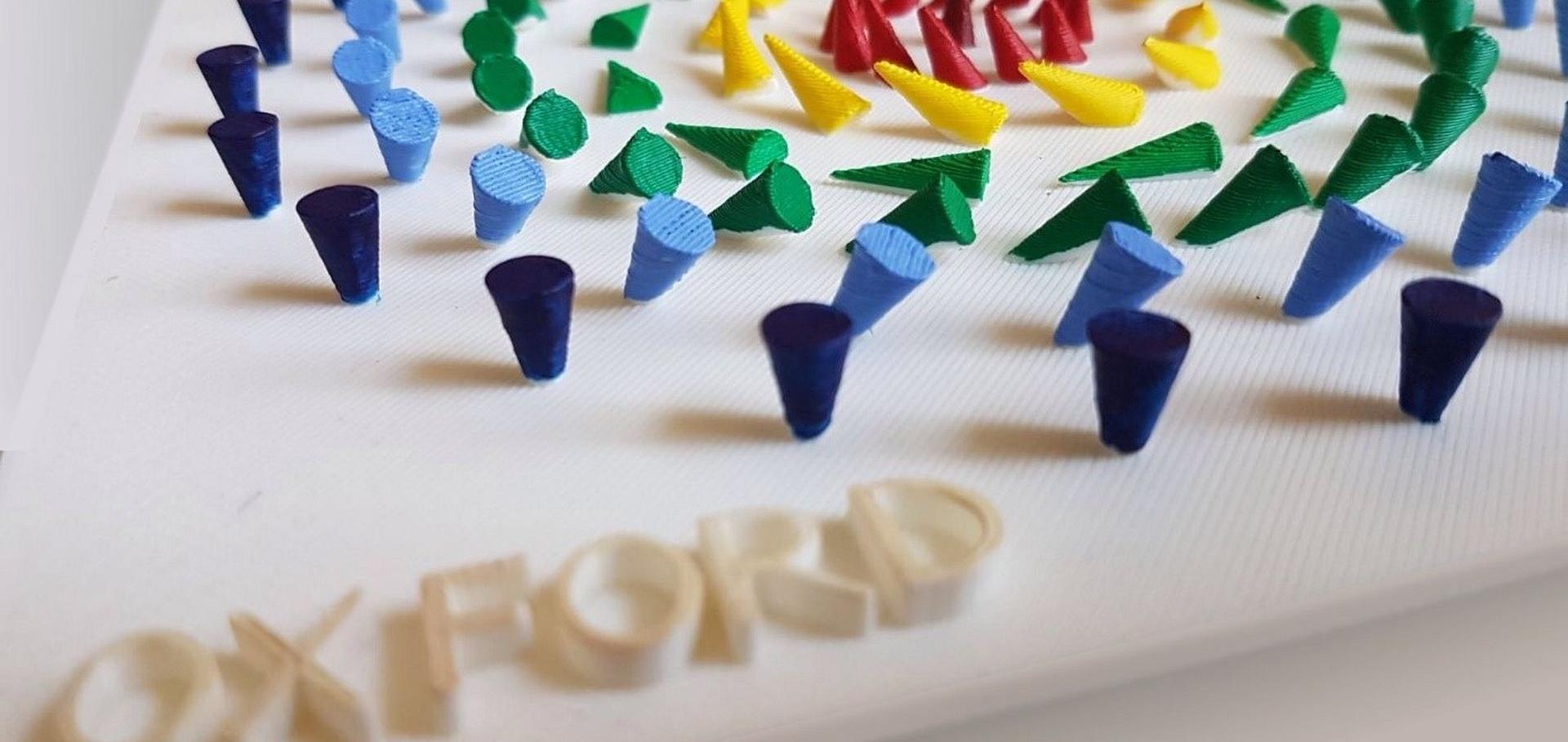Van der Waals epitaxy between the highly lattice mismatched Cu doped FeSe and Bi₂Te₃
NPG Asia Materials Springer Nature 9 (2017) e402
Abstract:
We present a structural and density functional theory study of FexCu1-xSe within the three-dimensional topological insulator Bi2Te3. The FexCu1-xSe inclusions are single-crystalline and epitaxially oriented with respect to the Bi2Te3 thin film. Aberration-corrected scanning transmission electron microscopy and electron energy loss spectroscopy show an atomically-sharp FexCu1-xSe/Bi2Te3 interface. The FexCu1-xSe /Bi2Te3 interface is determined by Se-Te bonds and no misfit dislocations are observed, despite the different lattice symmetries and large lattice mismatch of ∼ 19%. First-principle calculations show that the large strain at the FexCu1-xSe /Bi2Te3 interface can be accommodated via van der Waals-like bonding between Se and Te atoms.Ultrahigh magnetic field spectroscopy reveals the band structure of the 3D topological insulator Bi$_2$Se$_3$
(2017)
Anisotropic magnetic switching along hard [110]-type axes in Er-doped DyFe 2 /YFe 2 thin films
Journal of Magnetism and Magnetic Materials Elsevier 439 (2017) 287-293
Abstract:
Epitaxial-grown DyFe2/YFe2 multilayer thin films form an ideal model system for the study of magnetic exchange springs. Here the DyFe2 (YFe2) layers are magnetically hard (soft). In the presence of a magnetic field, exchange springs form in the YFe2 layers. Recently, it has been demonstrated that placing small amounts of Er into the centre of the YFe2 springs generates substantial changes in magnetic behavior. In particular, (i) the number of exchange-spring states is increased dramatically, (ii) the resulting domain-wall states cannot simply be described as either Néel or Bloch walls, (iii) the Er and Dy magnetic loops are strikingly different, and (iv) it is possible to engineer Er-induced magnetic exchange-spring collapse. Here, results are presented for Er-doped (110)-oriented DyFe2 (60 Å/YFe2(240 Å)15 multilayer films, at 100 K in fields of up to 12 T. In particular, we contrast magnetic loops for fields applied along seemingly equivalent hard-magnetic [110]-type axes. MBE-grown cubic Laves thin films offer the unique feature of allowing to apply the magnetic field along (i) a hard out-of-plane [110]-axis (the growth axis) and (ii) a similar hard in-plane [110]-axis. Differences are found and attributed to the competition between the crystal-field interaction at the Er site and the long-range dipole-dipole interaction. In particular, the out-of-plane [110] Er results show the existence of a new magnetic exchange spring state, which would be very difficult to identify without the aid of element-specific technique of X-ray magnetic circular dichroism (XMCD).Magnetic proximity-coupling to Cr-doped Sb₂Te₃ thin films
Physical Review B: Condensed Matter and Materials Physics American Physical Society 95 (2017) 224422
Abstract:
Using soft x-ray absorption spectroscopy we determined the chemical and magnetic properties of the magnetic topological insulator (MTI) Cr:Sb2Te3. X-ray magnetic circular dichroism (XMCD) at the Cr L2,3, Te M4,5, and Sb M4,5 edges shows that the Te 5p moment is aligned antiparallel to both the Cr 3d and Sb 5p moments, which is characteristic for carrier-mediated ferromagnetic coupling. Comparison of the Cr L2,3 spectra with multiplet calculations indicates a hybridized Cr state, consistent with the carrier-mediated coupling scenario. We studied the enhancement of the Curie temperature, TC, of the MTI thin film through the magnetic proximity effect. Arrott plots, measured using the Cr L3 XMCD, show a TC ≈ 87 K for the as-cleaved film. After deposition of a thin layer of ferromagnetic Co onto the surface, the TC increases to ∼93 K, while the Co and Cr moments are parallel. This increase in TC is unexpectedly small compared to similar systems reported earlier. The XMCD spectra demonstrate that the Co/MTI interface remains intact, i.e., no reaction between Co and the MTI takes place. Our results are a useful starting point for refining the physical models of Cr-doped Sb2Te3, which is required for making use of them in device applications.Direct experimental determination of the topological winding number of skyrmions in Cu2OSeO3
Nature Communications Springer Nature 8 (2017) 14619


